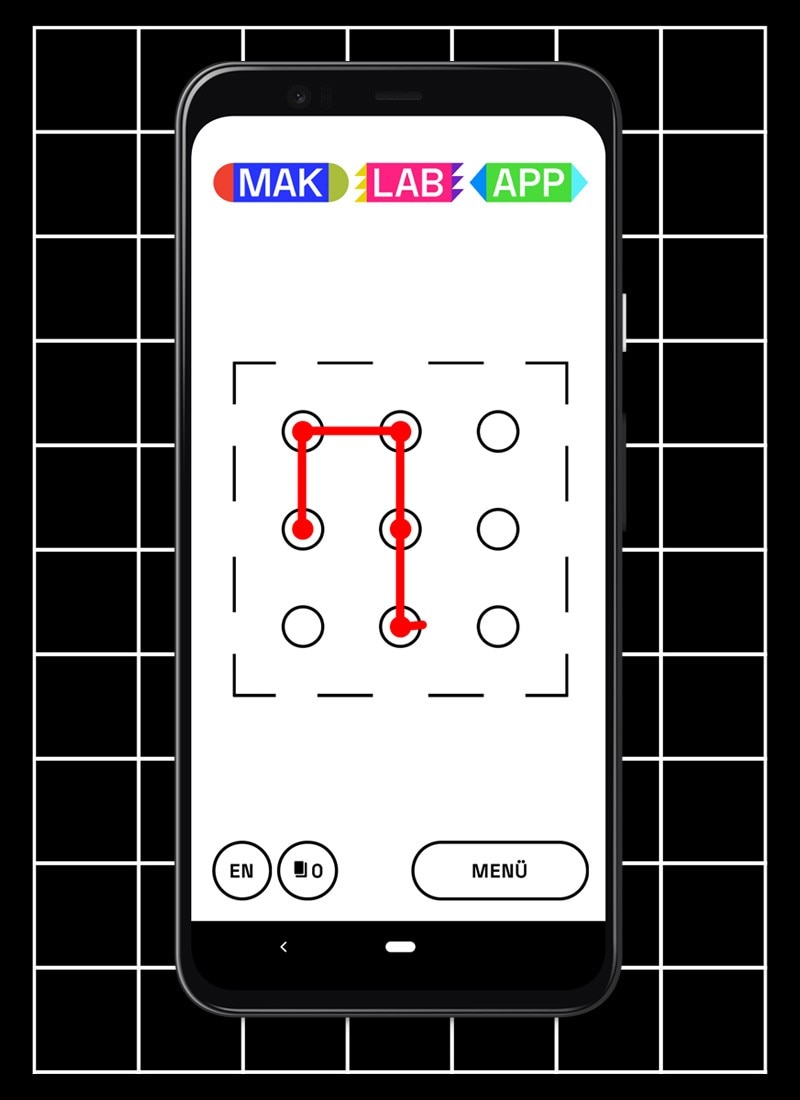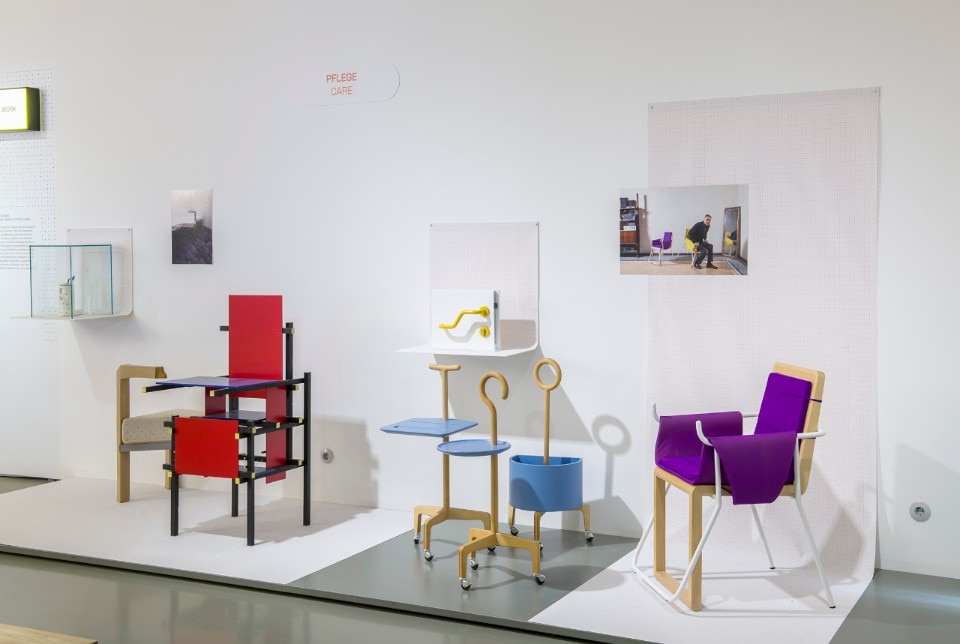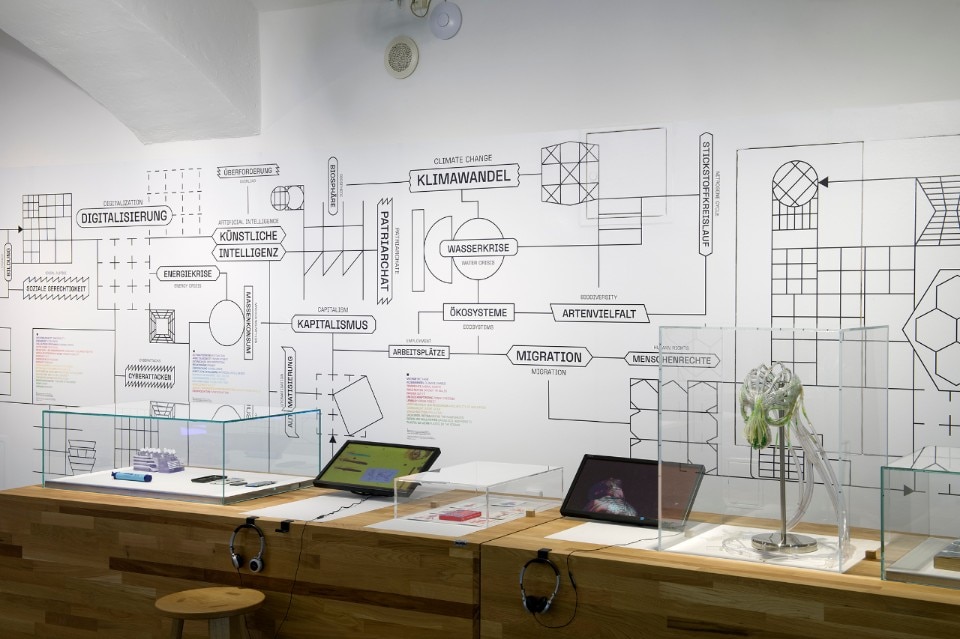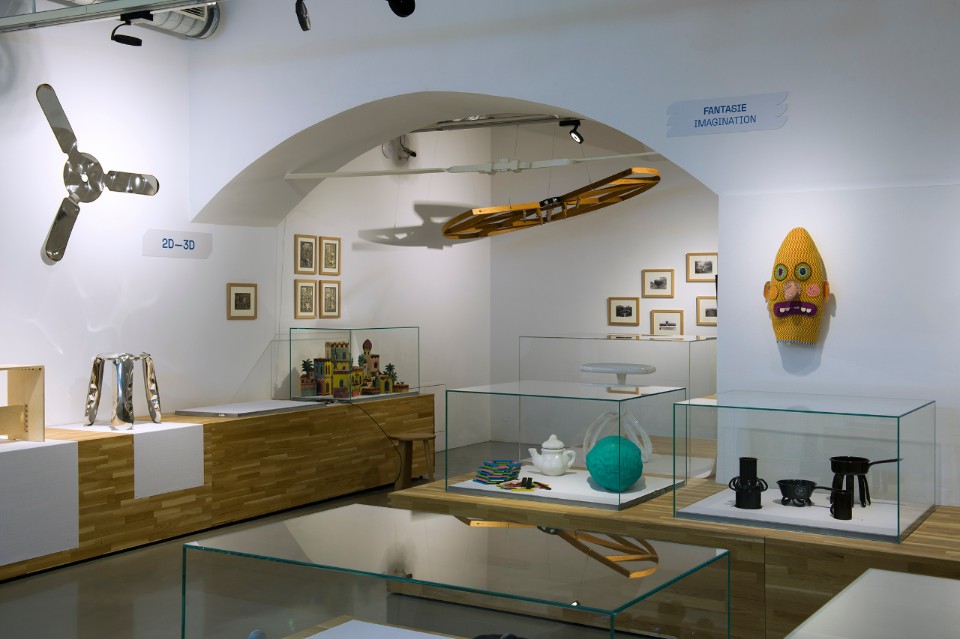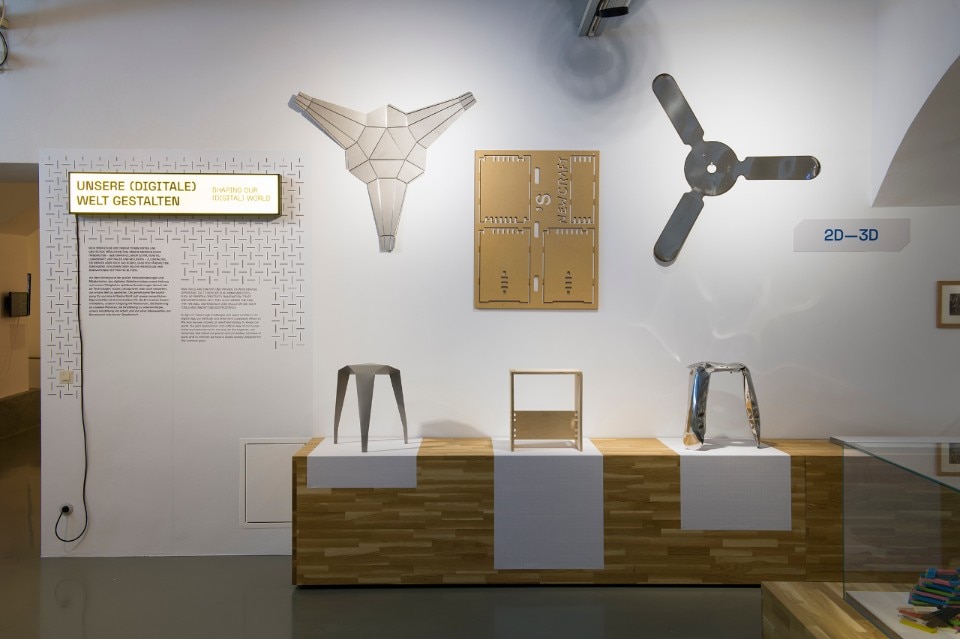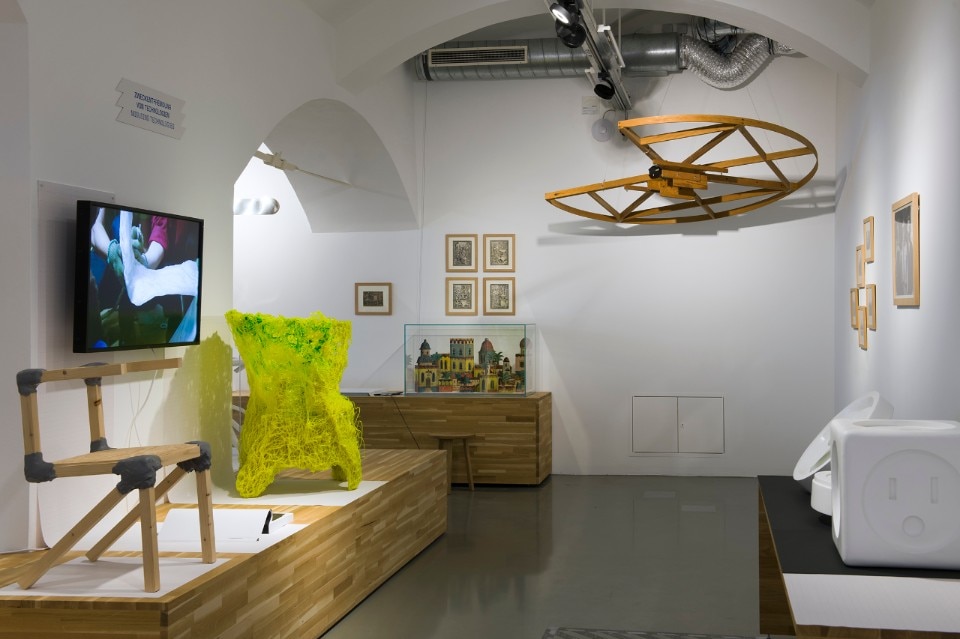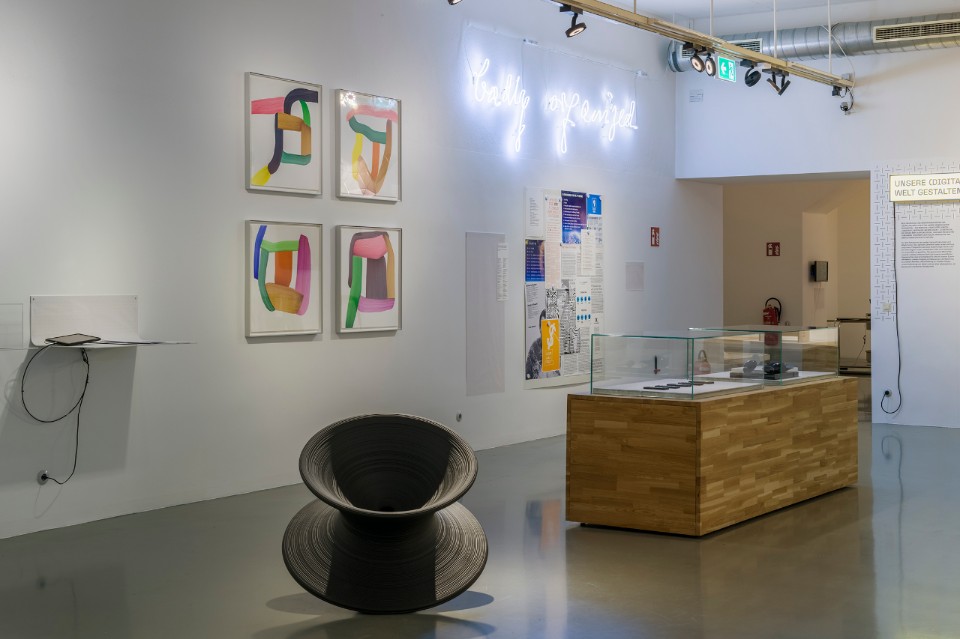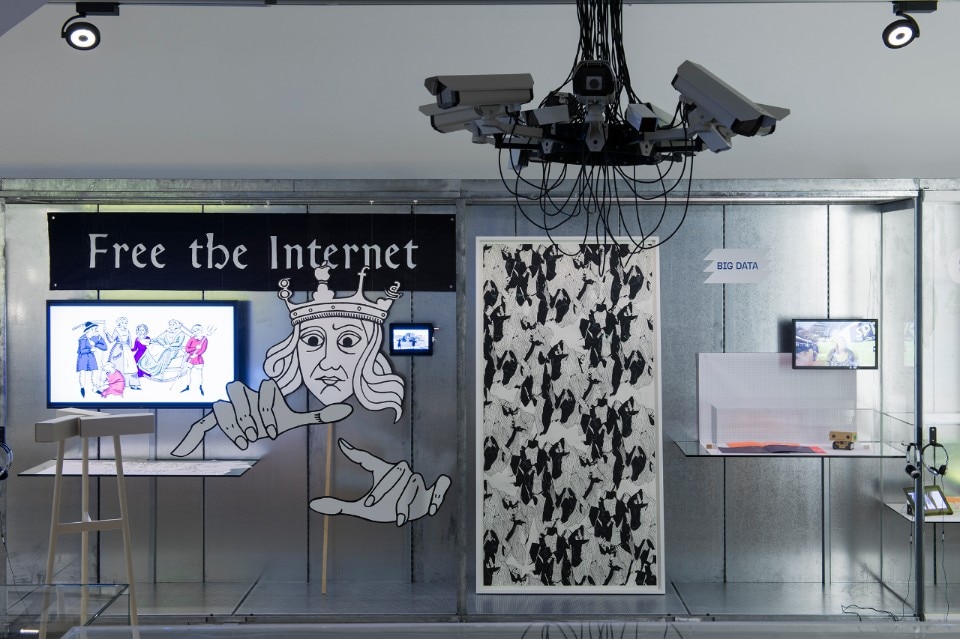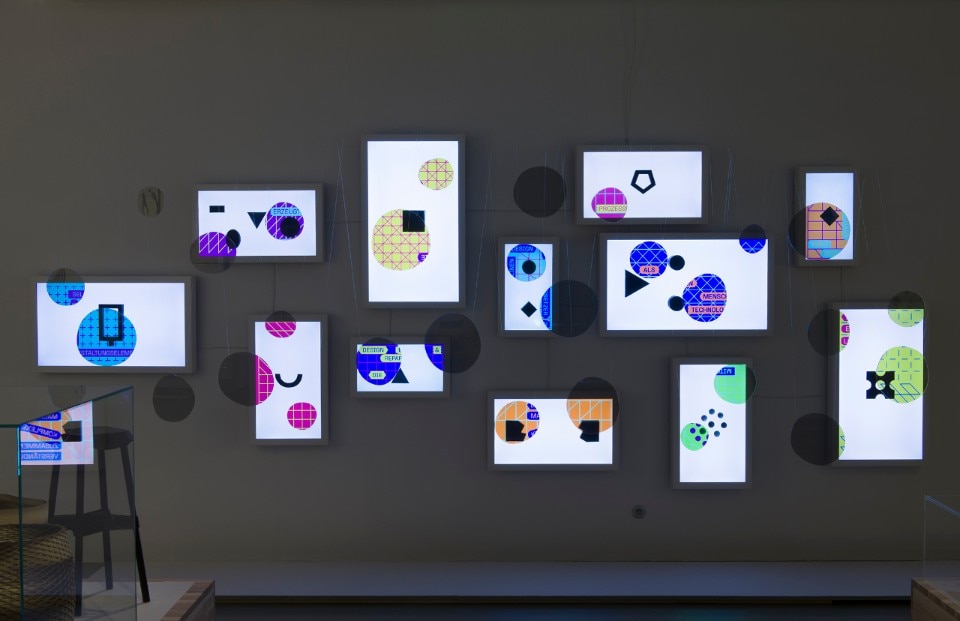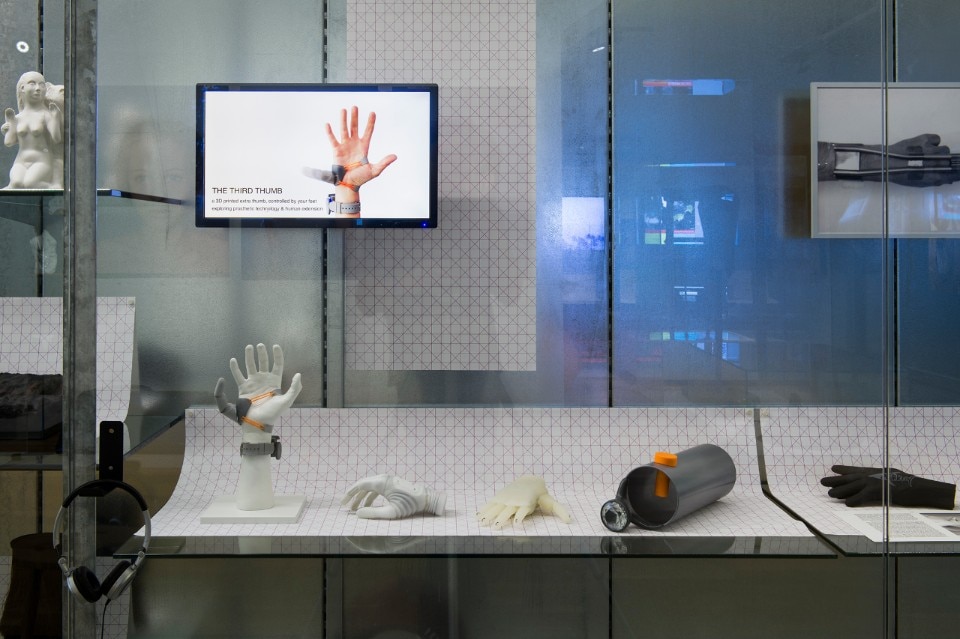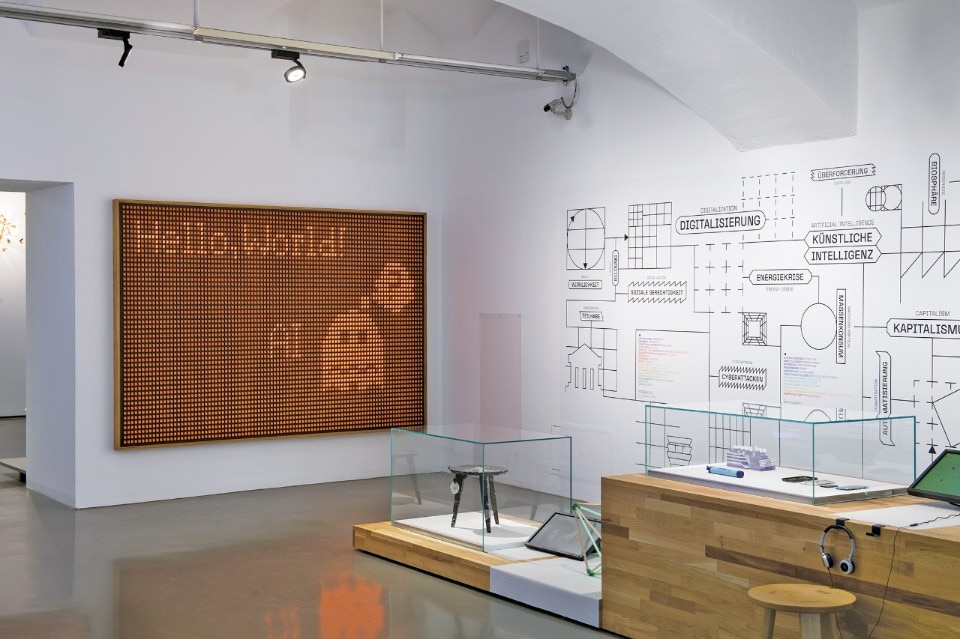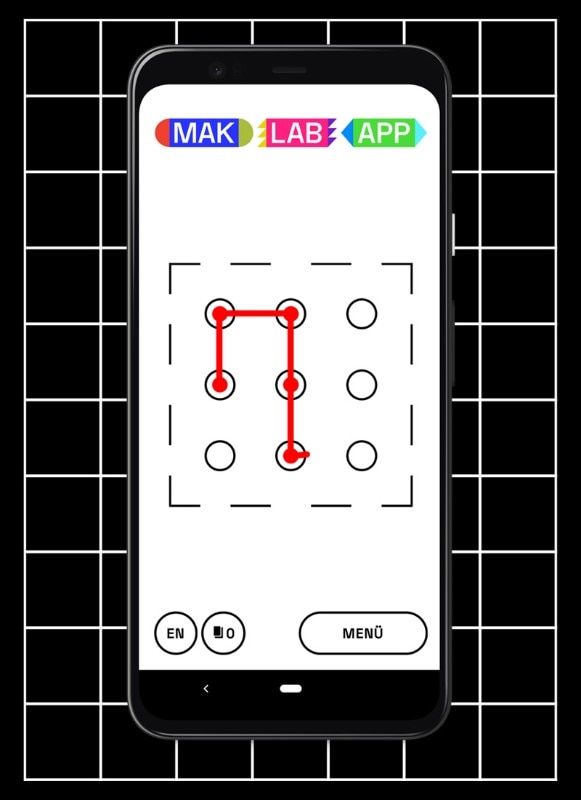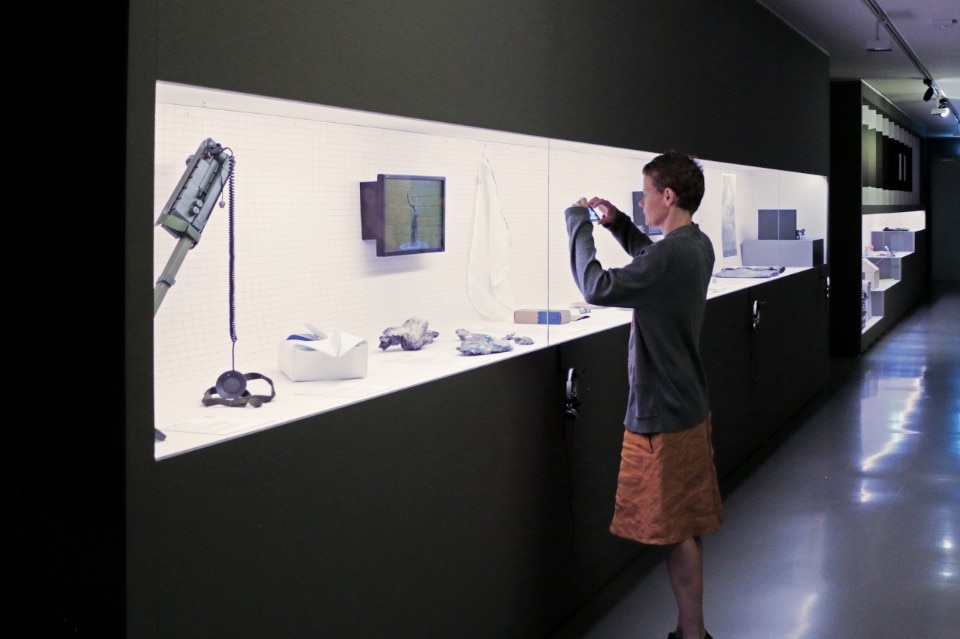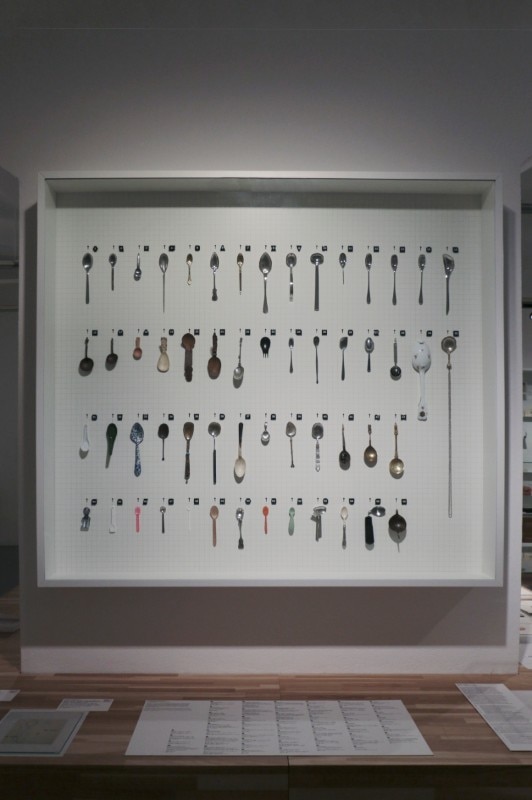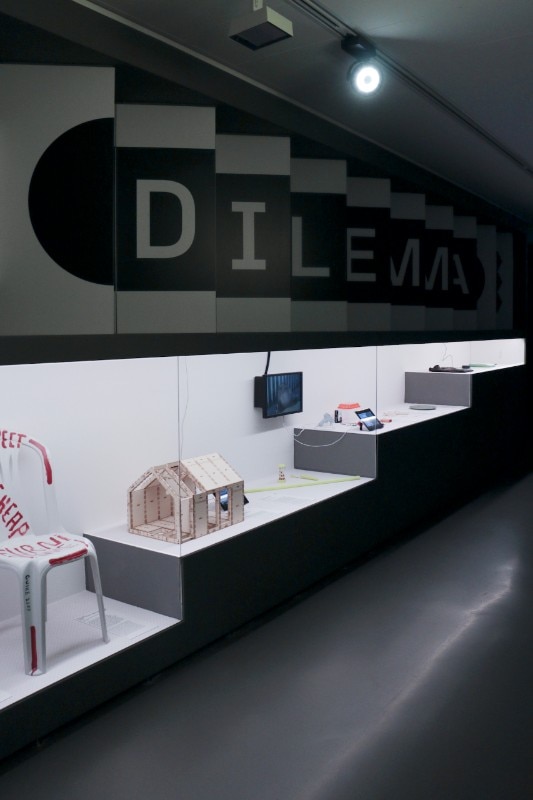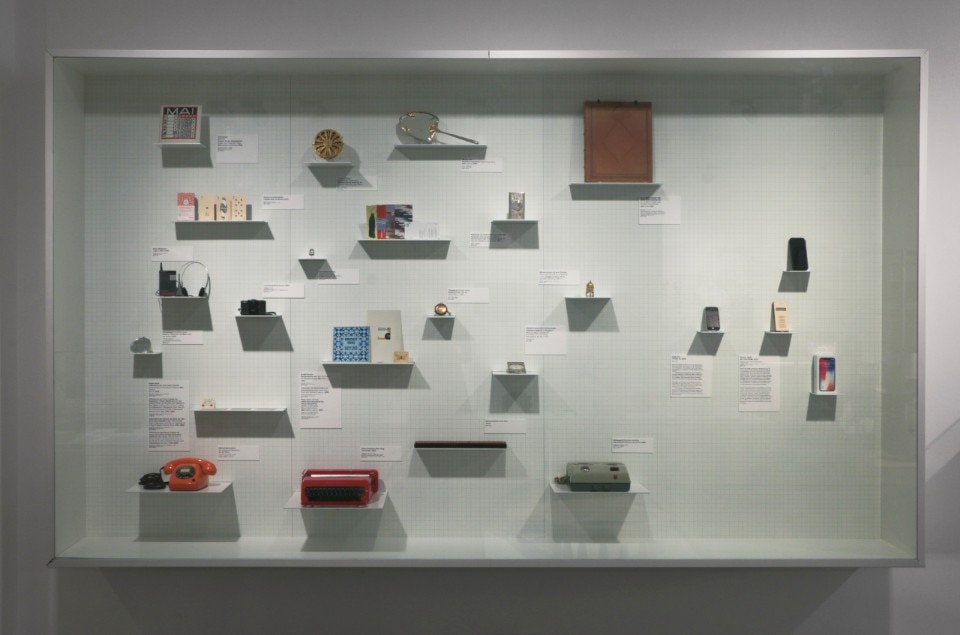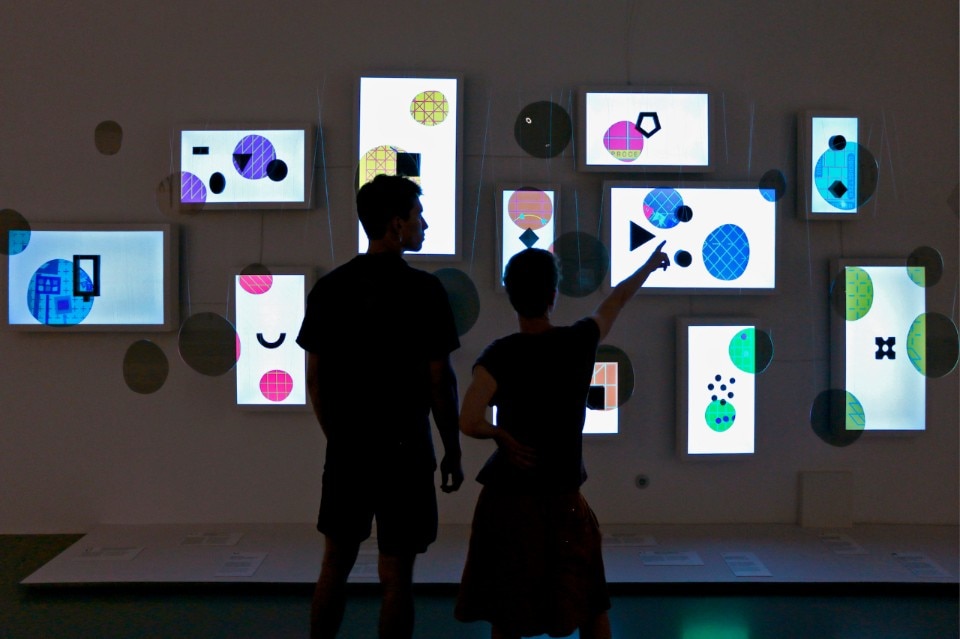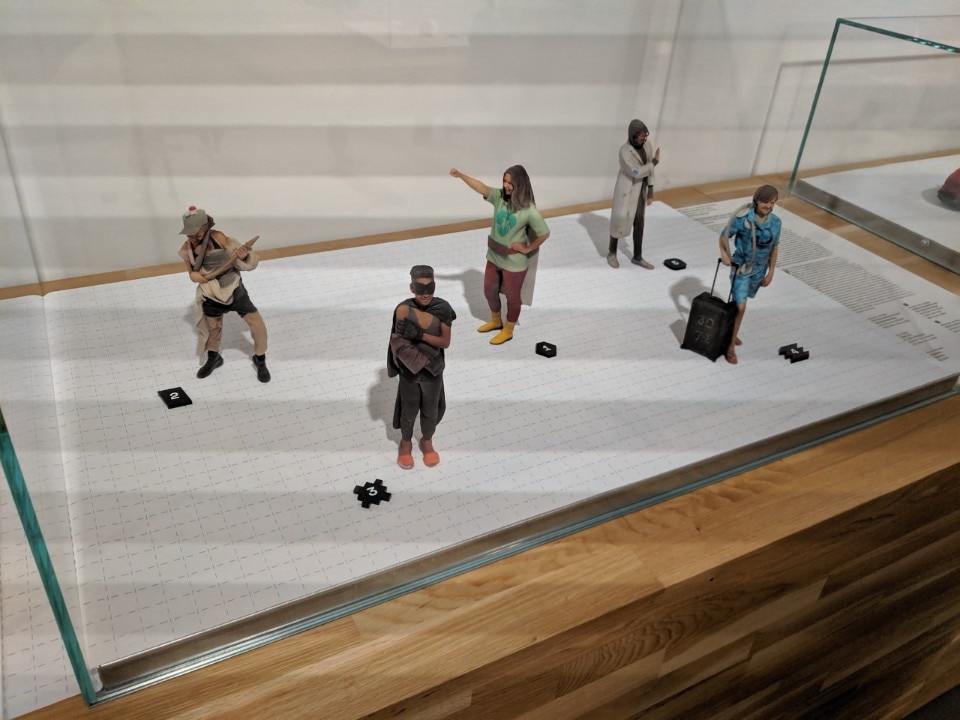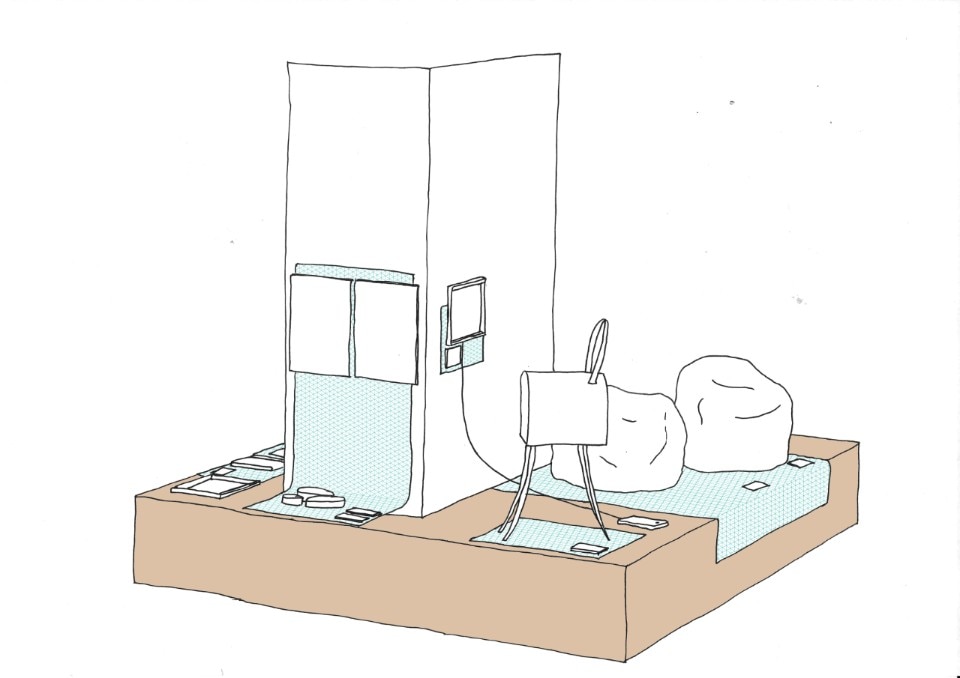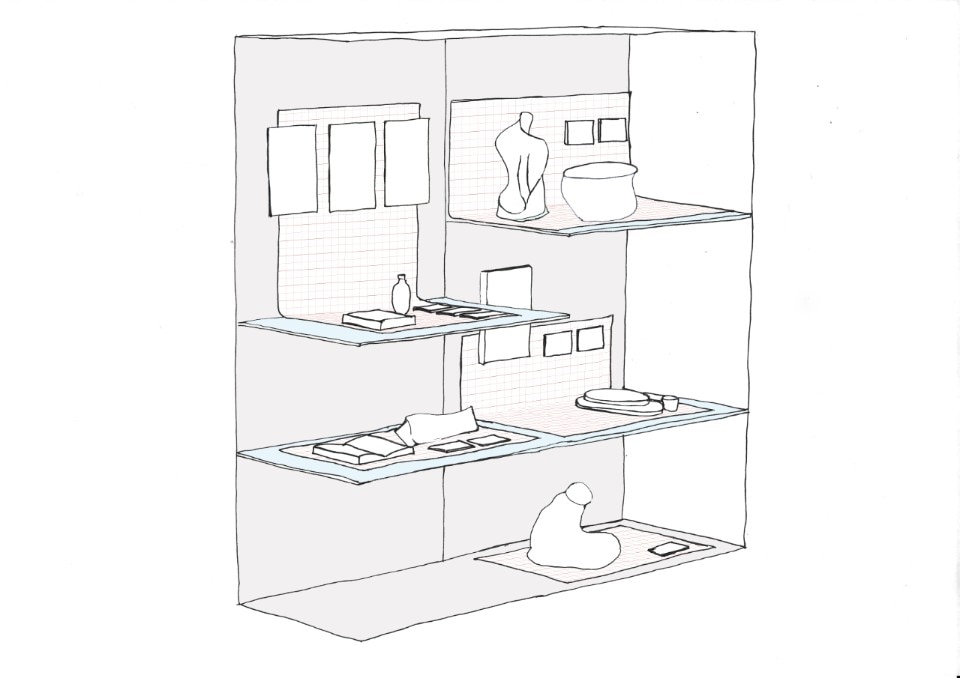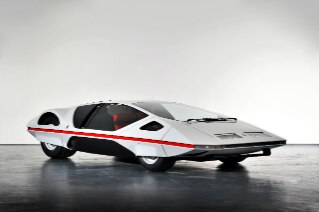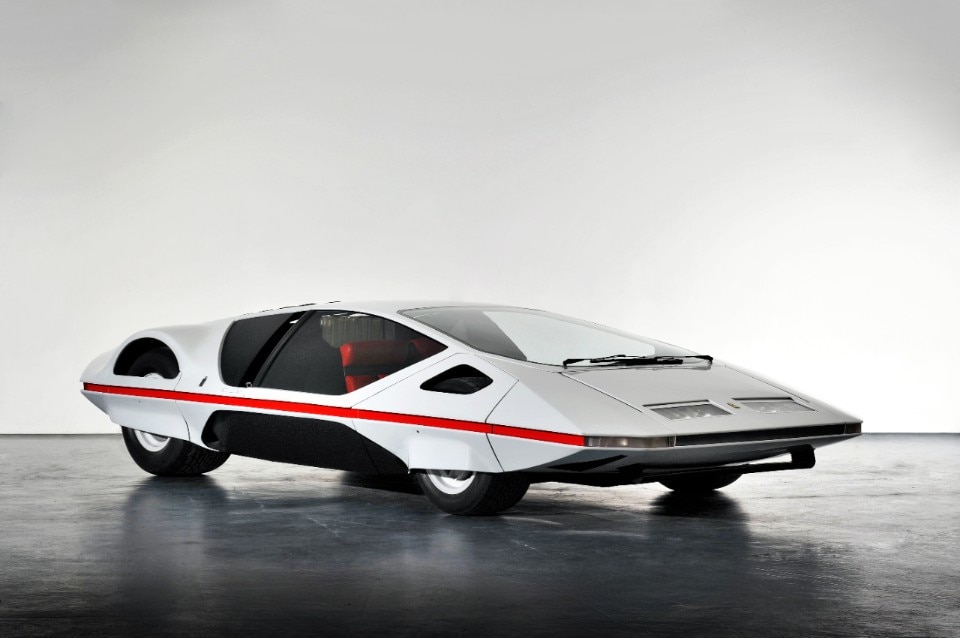As is the case for many design firms, Thomas Traxler and Katharina Mischer have found themselves “on hold” due to the pandemic. We spoke with them remotely on a series of reflections regarding the complex project set in motion with the MAK Museum of Applied Arts in Vienna. The duo have co-curated and designed the new MAK DESIGN LAB, which was initially inaugurated about a year ago. Together with Marlies Wirth and Janina Falkner of the MAK, they have created a new version of the museum’s permanent exhibition on design. It has been an intense process. The exhibition covers more than 2,000 square metres and contains 12 conceptual areas presenting a total of 500 works. Themes such as “Design is change”, “Nartificial”, “Cabinet of Consequences”, “(in) visible” and others present contemporary projects by designers, artists, architects, programmers, activities and idealists that all respond to topical challenges such as climate change, digitalisation and privacy, to name but a few. The chosen projects visualise the problems, suggest alternatives and offer solutions, and are contextualised through dialogue with historic items from the MAK’s collection.
Your collaboration with the MAK originates from the idea of rethinking the layout and the sense of the entire collection.
It is a collaborative project that is still in progress. The layout of the exhibition is like a collage, made up of a playful combination of the digital and the analogical. The MAK DESIGN LAB will be active for four years, and we want to present fluid content that will allow visitors to return to the museum over and over, each time discovering new objects and new subjects. In short, we have designed an exhibition that works for pupils, students and non-designers, at the same time proving stimulating for those working in the field of design.
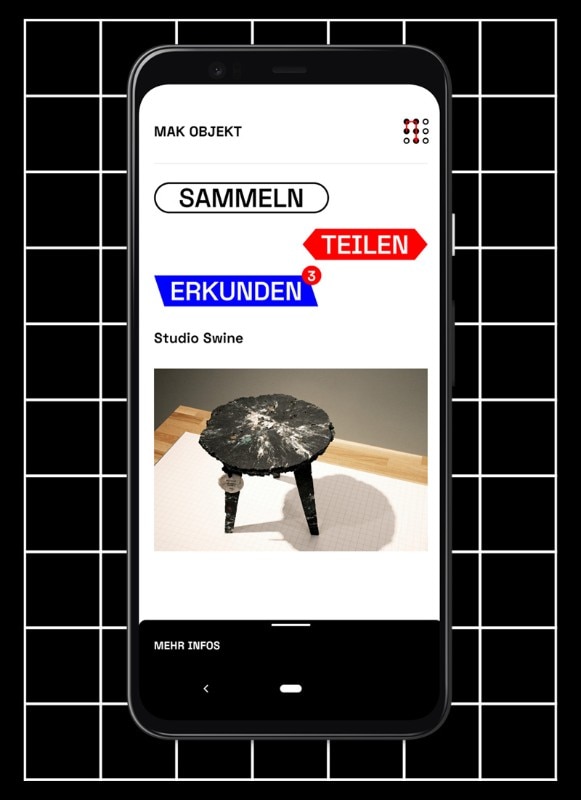
MAK DESIGN LAB is a sort of process for improving the fruition of the museum, rendering it more fluid. As designers, how do you see the concept of a museum?
In our opinion, a good museum, whatever form it takes, should be capable of educating and entertaining its visitors. Some exhibitions can and should actively engage the audience, while others can be more passive. This depends a lot on how the content is defined. Furthermore, a museum should be able to connect the past to the present, and perhaps even to the future, connecting the content to a range of contexts and points of view in order to create dialogue and exchange. After having seen a good exhibition, spectators have new thoughts and opinions on a particular subject, and this opens the mind.
Those working in public museums often talk about wanting to change the way their institutes are used. This has now become a necessity. But how can change be brought about?
We feel that large-scale museums can experiment differing formats in small areas of the museum in order to gauge visitor reaction and thus bring about gradual change. For us, in the case of DESIGN LAB, it was a great advantage to be able to collaborate with the team of curators. Marlies and Janina from the MAK brought their experience from the world of art, digital media, design and educational projects, as well as their experience from other MAK exhibitions. We organised numerous working sessions where we examined the possible options and discussed concepts with a multitude of points of view, all contributing to developing an exhibition that presents a fantastic blend of design, art, architecture and activism, demonstrating that projects should be examined from a conceptual point of view and not categorised according to a determined discipline. Everything is interconnected and influenced reciprocally.
In your design process, immersive and interactive experiences are a way to remove territorial confines and limitations of space. How were these conditions developed for the MAK project?
The initial impression of MAK DESIGN LAB is that it is a classic exhibition that can be visited without necessarily interacting. We aimed to create an “immersive” design experience, working on a sort of three-dimensional collage with individual subjects and ideas activating determined suggestions and sense clusters. Objects, films and prints create sequences, not only for a theoretical and thematic importance, but also in order to form groups that complete each other and create moodboards. It is a designing of processes rather than solutions. In this way, the visitor is constantly surrounded by cross references and lateral thoughts and can immerse themselves in the exhibition. At the same time, there are interactive projects and installations in every room. For example, in the first hall, the exhibition examines the new roles of design. Animation by the LWZ graphics firm interact with fixed objects, thus connecting the analogical to the digital. The entire exhibition is accompanied by an app (designed by LWZ) that can be used to keep track of the projects seen through a personal collection, providing additional information on a range of themes such as climate change. The app also includes a number of games that allow children to approach the subjects examined in the MAK DESIGN LAB through play.
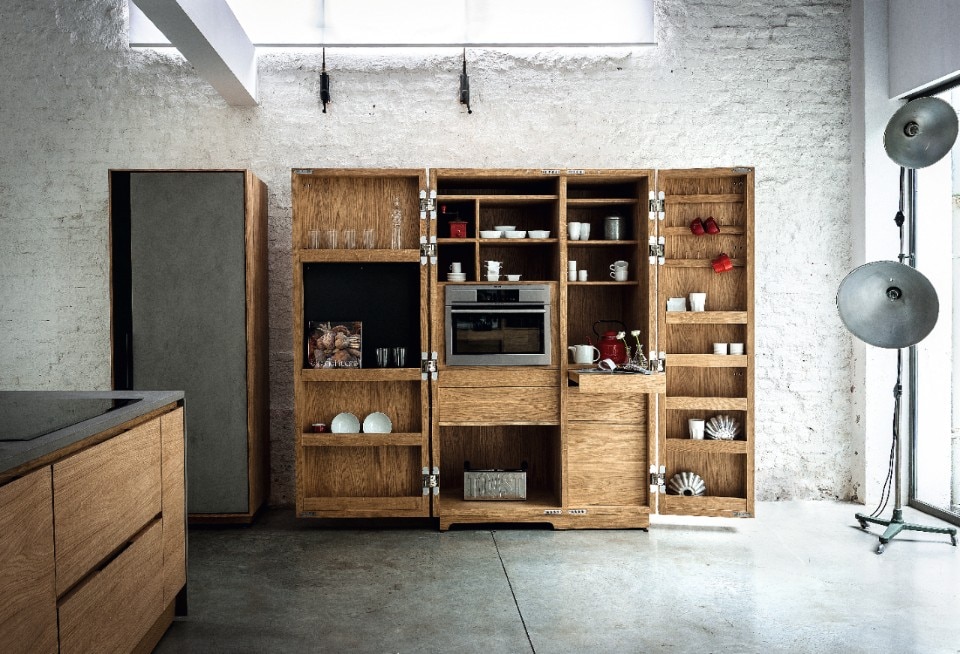
The value of solidity
Riva1920 creates solid wood furniture using certified or reclaimed materials, combining sustainability, high-quality craftsmanship, and timeless design. An Italian excellence focused on durability, transparency, and authenticity.


